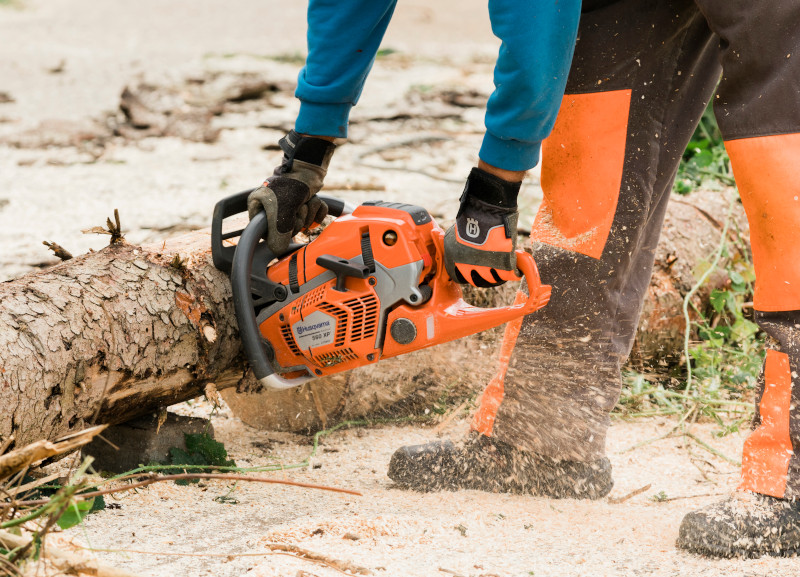In the world of cutting tools, the quest for the best saw involves a nuanced understanding of the various types and their suitability for specific tasks. This comprehensive guide will navigate through the intricacies of selecting the optimal saw for different cutting needs, ensuring precision, efficiency, and overall user satisfaction.
1. Understanding Saw Types:
The first step in determining the best saw is to understand the different types available. Circular saws, reciprocating saws, chainsaws, jigsaws, and handsaws each serve unique purposes. From straight cuts to intricate curves, and from rough timber to fine woodworking, each saw type has its own niche. Knowing the strengths of each enables users to match the tool to the task at hand.
2. Power Source Considerations:
Saws come in a range of power sources, including electric, battery-powered, and gas-powered. The choice depends on the portability required, the nature of the cutting job, and the user's preference. Electric saws are suitable for indoor projects, while battery-powered and gas-powered saws offer the flexibility needed for outdoor or remote cutting.
3. Blade Types and Configurations:
The type of blade a saw utilizes is crucial for determining its cutting capabilities. Fine-toothed blades excel in precision cutting, while coarse-toothed blades are designed for faster, rough cuts. Understanding blade configurations, such as the number of teeth per inch (TPI) for reciprocating saws or the pitch and gauge for chainsaws, allows users to choose the right tool for the desired finish.
4. Ergonomics and User Comfort:
The best saw for cutting is one that users can comfortably handle for extended periods. Ergonomic design, weight distribution, and handle grip are critical considerations. Comfortable saws reduce user fatigue and contribute to safer and more accurate cutting.
5. Material-Specific Requirements:
Different materials pose distinct challenges to cutting tools. For wood, a circular saw or chainsaw might be ideal, while metal cutting may require a reciprocating saw or an angle grinder. Understanding the material-specific requirements ensures optimal performance and longevity of the saw.
6. Safety Features and Innovations:
The best saws prioritize user safety. Anti-kickback features, blade guards, and ergonomic trigger designs are among the safety features to look for. Additionally, staying updated on the latest saw innovations, such as laser guides for precision or brushless motor technology for increased efficiency, ensures users benefit from advancements in the field.
Conclusion:
Choosing the best saw for cutting involves a holistic approach, considering the type of saw, power source, blade configurations, ergonomics, material-specific requirements, and safety features. By understanding these factors, users can confidently select the right tool for their cutting needs, whether it's a DIY home project or a professional job site. Precision in every cut begins with the thoughtful choice of the best saw for the task at hand.


